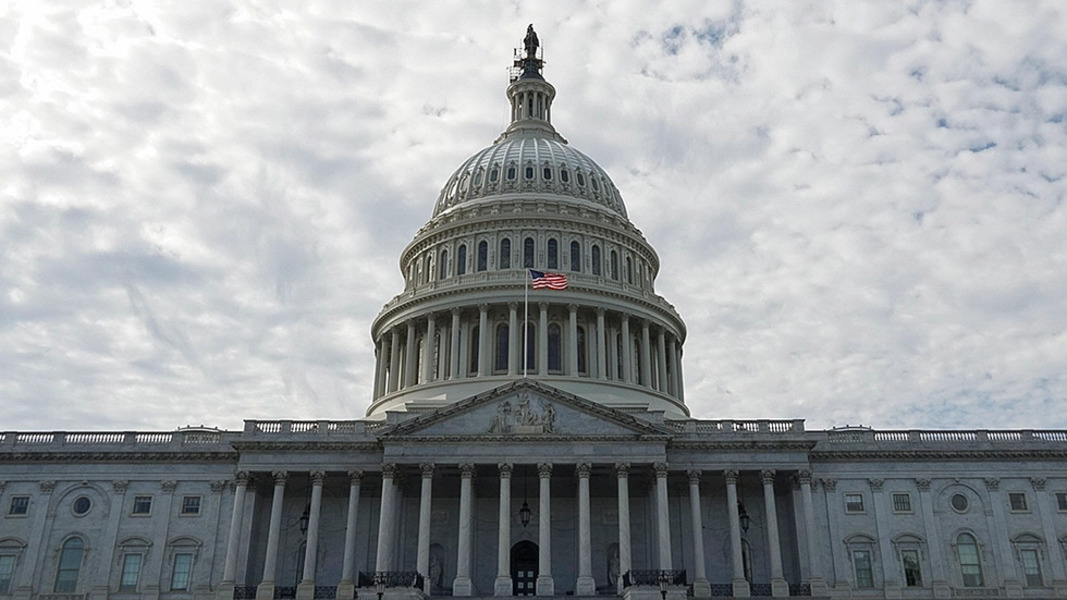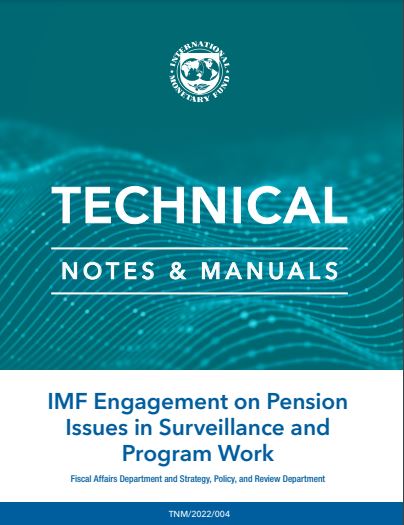Hispanic Americans deserve retirement security
By Maria French Originating in 1968 and enacted into law in 1988, National Hispanic Heritage Month is an opportunity to celebrate Hispanic Americans’ history and contributions and the influence they have had on American culture and society and to consider the future of the Latino community. Throughout modern history, Hispanic labor leaders like Cesar Chavez and Santiago Iglesias Pantin have contributed vastly to the labor movement by organizing workers and advocating for better pay and working conditions. Today, Americans with ancestry...










